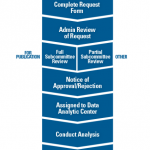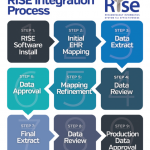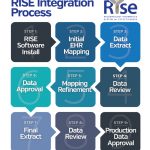First, my friends and colleagues doing clinical research at academic institutions around the country were (almost) as frustrated with their financial standing and academic perquisites as I was. This was important because if I was to ask for pharmaceutical industry (pharma) support for this initiative, conspicuous concerns would need to be addressed: What about other academic investigators in rheumatology? Are they also backing this effort? If not, then no deal. Big pharma would not risk antagonizing other high-profile academics to satisfy the goals of a single investigator.
This was going to be tricky. While my clinical investigator colleagues shared my frustrations, additional political realities had to be considered. Academic physicians are a competitive species. There will always be tensions among professionals sharing the same space. The dynamic balance of competition and collaboration is shaped by the landscape of opportunities at any given time. If the outcome of a collaborative effort is zero sum, then things can’t work. One member of a group cannot benefit at the expense of others. For academic collaborations to work, all participants must reap benefits.
Setting the Table
Toward the end of 1999 and through 2000–01, a series of face-to-face meetings was held with clinical academic colleagues from around the country. Prominent and established researchers would be needed to provide at least tacit support for the idea of a registry. We would meet in my hotel room at ACR national meetings, occupying bedsides and benches. People like Dan Furst, MD, Artie Kavanaugh, MD, Vibeke Strand, MD, Michael Weinblatt, MD, Lee Simon, MD, Bill Palmer, MD, Mike Schiff, MD, Alan Gibofsky, MD, JD, Jack Cush, MD, Stan Cohen, MD, and others were open to listening to ideas about a registry. If the initiative was successful, we could all be part of the novel accomplishment of the enterprise.
We also had to consider the rheumatologists who would be needed to complete questionnaires at the time of routine clinical encounters. No one was going to do the work of evaluating patients and completing forms without financial incentives.
We shopped the registry vision around to pharma, and we heard lots of nice comments about the good idea—and best wishes! It was apparent that achieving sufficient up-front funds to get a registry started was going to be a stretch. Any requested support had to be formulated and framed in a package that would be less stressful for pharma budgets and priorities.


